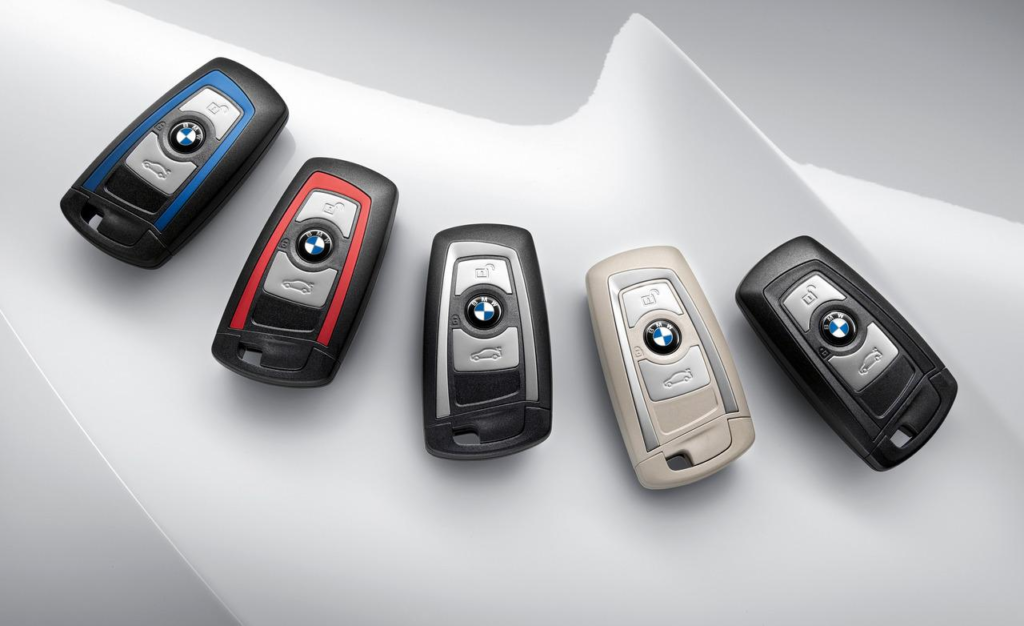Car Key Replacement: A Comprehensive Guide
In today’s fast-paced world, losing or damaging your car keys can be a stressful and inconvenient experience. Whether you’ve misplaced your keys or they’ve been stolen, knowing how to navigate the process of car key replacement is crucial. In this article, we’ll delve into the various aspects of car key replacement, from the types of keys to the steps involved and where to find reliable locksmiths.
Types of Car Keys
Car key replacement starts with understanding the type of key your vehicle uses. There are several key types, each with its own replacement process and cost implications:
- Traditional Metal Keys: Older vehicles often use traditional metal keys, which can be replaced at a relatively low cost through a locksmith or dealership.
- Transponder Keys: Many modern cars come equipped with transponder keys that have a microchip. These keys require programming, which makes replacement more complex and expensive.
- Key Fobs: Key fobs are remote controls that can unlock and start your car. They also require programming and are typically pricier to replace.
- Smart Keys: Smart keys or proximity keys are advanced keyless entry systems. Replacing them can be the most expensive option due to their sophisticated technology.

Steps for Car Key Replacement
- Verify Your Ownership: Before any locksmith or dealership will replace your car keys, they will typically request proof of ownership. This ensures that the person requesting the replacement is the rightful owner of the vehicle.
- Contact a Locksmith or Dealership: Once ownership is confirmed, you can contact a locksmith or the car dealership. Locksmiths often offer more cost-effective solutions compared to dealerships.
- Provide Key Information: Be prepared to provide information about your vehicle, such as the make, model, and year. This helps the locksmith or dealership identify the correct key for your car.
- Choose Your Replacement Option: Depending on your budget and convenience, you can opt for a basic key replacement or a key fob/smart key replacement with additional features.
- Programming: If your key requires programming, ensure that it is done correctly. Incorrect programming can lead to further issues and expenses.
- Test the New Key: Before finalizing the replacement process, make sure the new key or key fob works properly to unlock and start your car.
Finding a Reliable Locksmith
When searching for a locksmith to assist with your car key replacement, consider the following tips:
- Credentials: Ensure the locksmith is licensed, bonded, and insured. This guarantees their professionalism and reliability.
- Reviews and References: Look for customer reviews and ask for references to gauge the locksmith’s reputation and quality of service.
- Cost Estimates: Obtain cost estimates from multiple locksmiths to ensure you’re getting a fair price for the replacement.
- Response Time: In emergency situations, response time is crucial. Choose a locksmith known for quick response times.
Car key replacement can be a hassle, but understanding the key types, replacement steps, and finding a reliable locksmith can make the process smoother and less stressful. Always be prepared, verify your ownership, and choose the replacement option that suits your needs and budget. With the right approach, you’ll have your car back on the road in no time.
